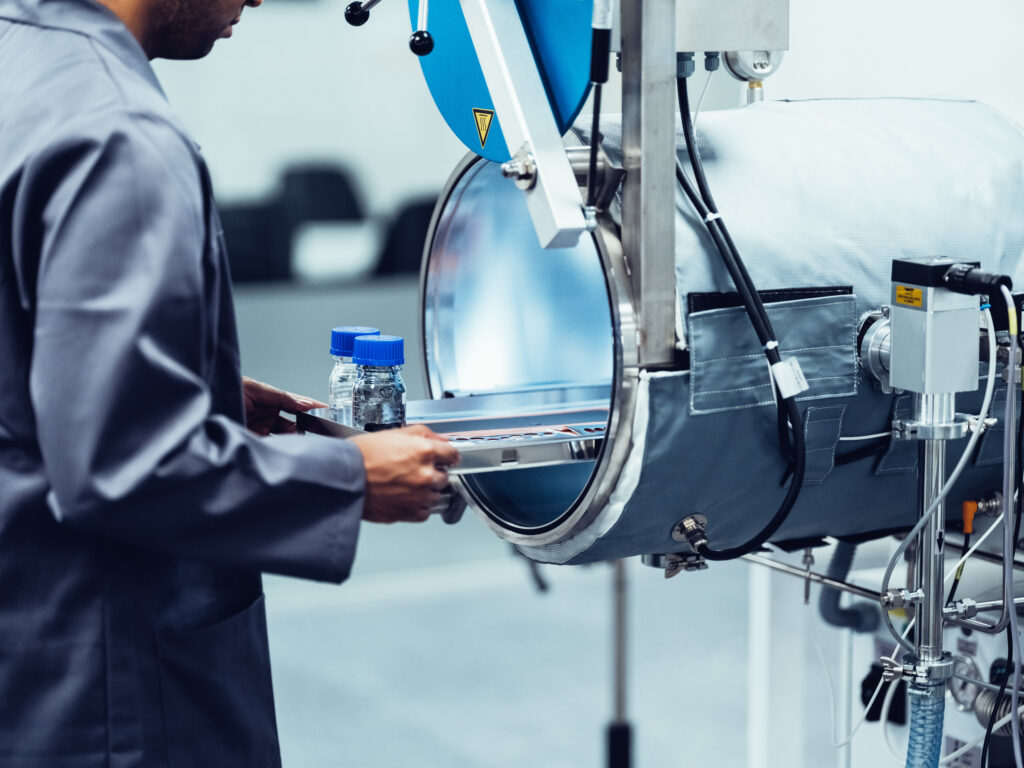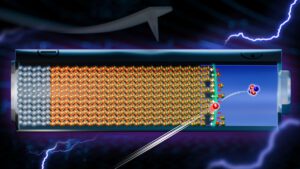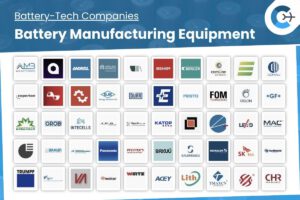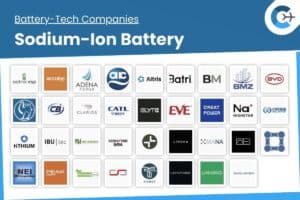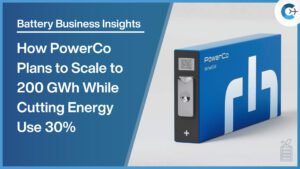Vianode, an advanced battery materials company, has achieved a key product qualification milestone with a leading original equipment manufacturer (OEM), confirming its capability for industrial-scale production of anode graphite. The qualification relates to materials produced at Vianode’s full-scale Via ONE plant in Herøya, Norway, which started production in October 2024 and is recognized as the world’s most sustainable battery anode graphite facility.
According to the OEM’s assessment, the graphite produced at Via ONE meets stringent quality standards for physical powder characteristics and chemical performance metrics, including first cycle efficiency, fast charging capability, and capacity retention.
“The successful qualification verifies that Via ONE fully meets the same stringent and consistent quality requirements previously demonstrated in pilot production, confirming that Vianode’s solutions are industrially scalable,” says Dr. Stefan Bergold, CCO of Vianode.
Bridget Deveney, Vice President of Product Development & Applications, emphasized that the qualified material fulfills both physical and chemical specifications critical for automotive battery applications. Full approval from this OEM paves the way for Vianode to begin commercial deliveries from Via ONE and sets the stage for scaling up to its next facility, Via TWO.
This achievement represents an important step in Vianode’s multi-billion-dollar, phased investment program aimed at becoming a leading supplier of advanced synthetic anode graphite to the electric vehicle industry in North America and Europe. As part of its sustainability commitment, Vianode’s process delivers up to a 90% reduction in CO2 footprint compared to conventional graphite production methods.
Vianode’s long-term ambition is to supply advanced battery materials sufficient for three million electric vehicles per year by 2030. The company’s strategic investments in North American and European capacity align with growing demand for reliable, high-performance anode materials to support the global shift toward electrification and lower carbon emissions.
Source: Vianode news release

